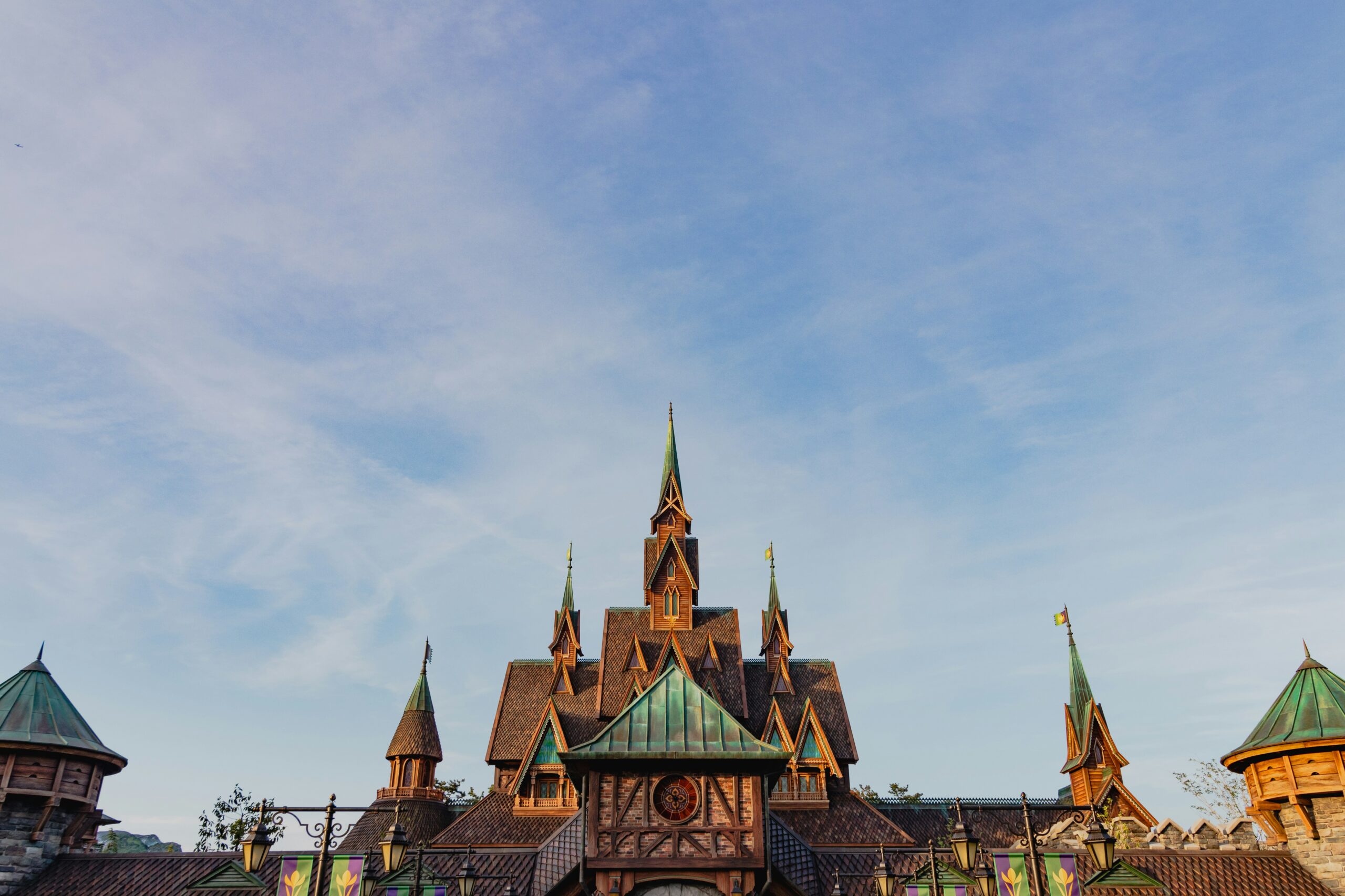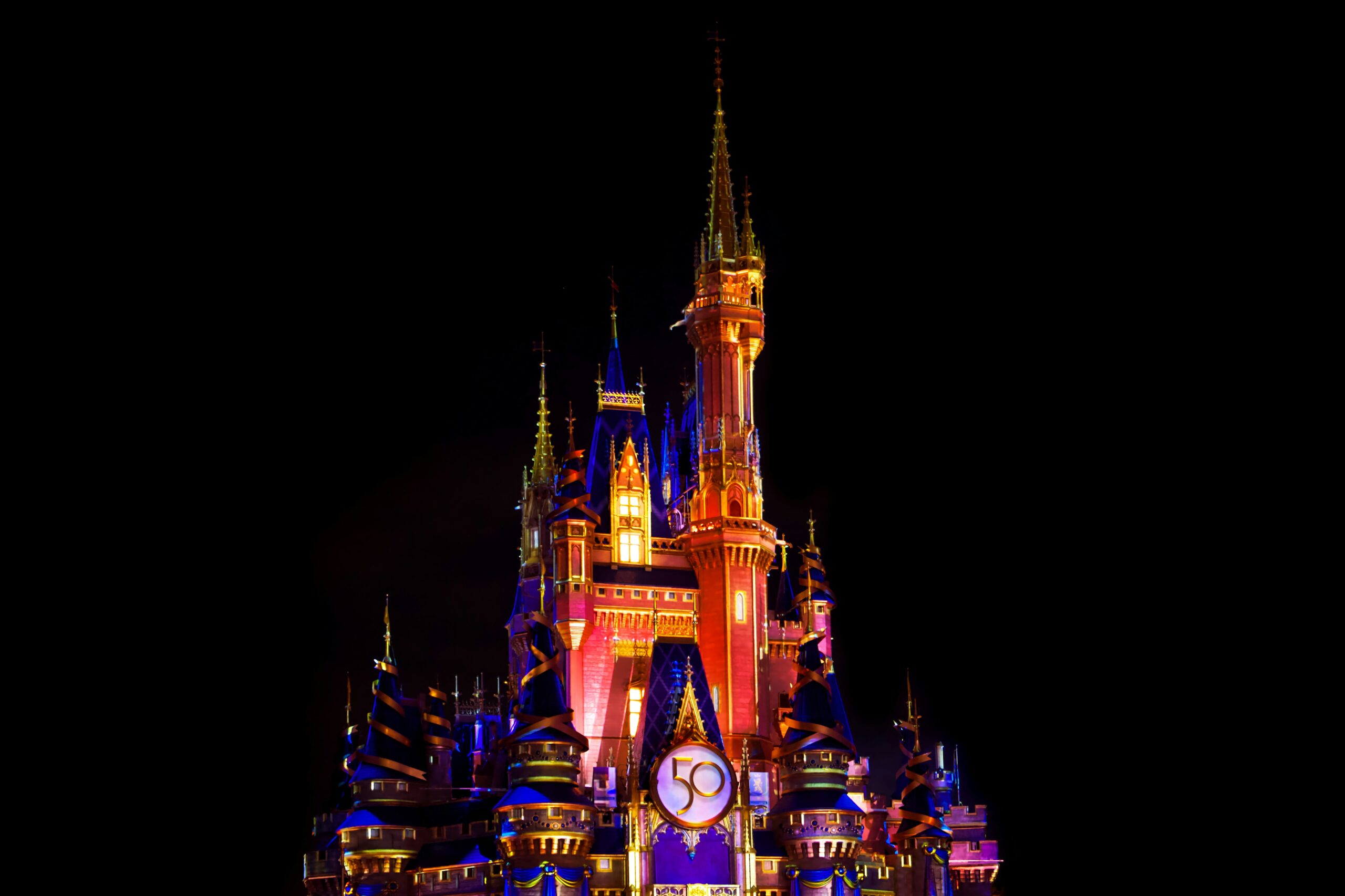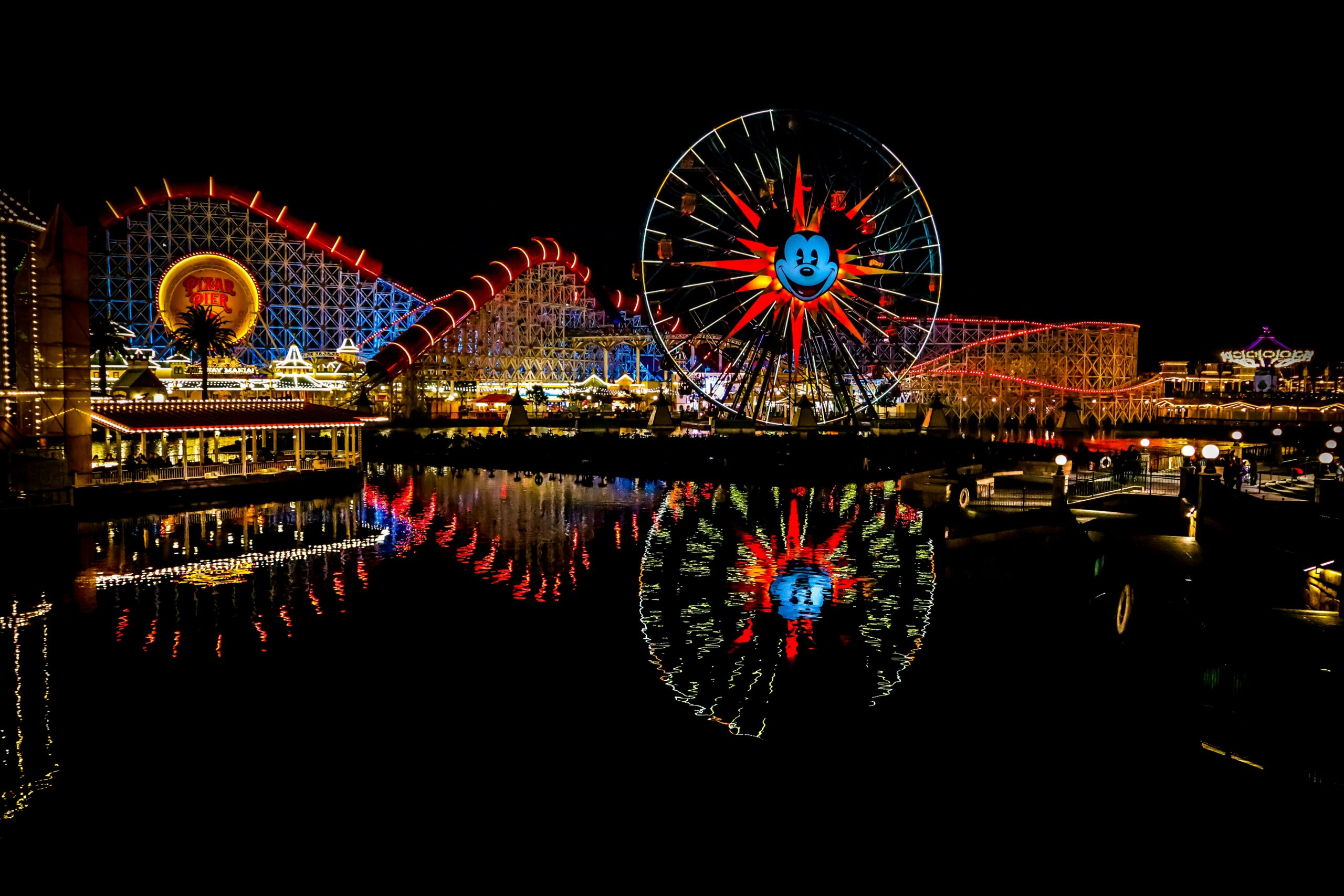When you step into Disney World’s Magic Kingdom, it’s easy to get swept up in the excitement of the rides, characters, and dazzling parades. The park is a whirlwind of sights, sounds, and experiences designed to immerse you in a world of fantasy and fun. But beyond the obvious attractions lies a treasure trove of Imagineering details—subtle, clever, and downright magical touches that many guests walk right past without noticing.
These hidden gems are part of what makes Magic Kingdom such a marvel of design and storytelling. Disney Imagineers, the creative dreamers and architects behind the park, infuse every inch of the Magic Kingdom with layers of meaning, artistry, and hidden nods to history and imagination. Taking a moment to slow down and really look around reveals a whole new dimension of the park’s magic.
In this article, we’ll dive into some of the best-hidden Imagineering details throughout Magic Kingdom that often go overlooked. Whether you’re a first-time visitor or a seasoned Disney fan, these insights can deepen your appreciation for the meticulous craftsmanship and storytelling woven into the park’s very fabric.
The Meaning Behind the Names: More Than Meets the Eye
One of the first things you might notice as you wander through Magic Kingdom is that everything has a name—and often, those names carry a story or tribute. For example, have you ever wondered about the names of the streets in Main Street, U.S.A.? Each one is carefully chosen to honor real people who played important roles in Disney’s history.
Take “Harper’s Mill,” the charming windmill near the entrance to Frontierland. It’s not just a quaint structure; the name honors Harper Goff, one of Walt Disney’s key artists who helped design early Disneyland and contributed to the overall aesthetic of Magic Kingdom. Similarly, other buildings and landmarks often tip their hats to Imagineers or Disney legends, embedding their legacy into the park’s landscape.
Next time you stroll down Main Street, pay close attention to the windows above the shops. These aren’t just decorative—they’re honorary plaques celebrating key figures in Disney’s past. These “window tributes” tell fascinating stories once you know to look for them, enriching your appreciation of the park’s deep roots.
Forced Perspective: Creating Magic with Visual Tricks
One of the most brilliant Imagineering techniques used throughout Magic Kingdom is forced perspective—a clever architectural trick that makes structures appear larger or taller than they really are. You might have noticed how Cinderella Castle towers majestically over the park, but in reality, it is only about 189 feet tall, far shorter than a real castle of that grandeur.
Imagineers manipulate scale by designing the castle with smaller bricks and windows as it rises higher, which fools the eye into thinking it’s grander than it truly is. This technique applies not only to Cinderella Castle but also to the buildings lining Main Street, U.S.A., and even elements of Fantasyland.
Forced perspective is a subtle, genius method that enhances the immersive experience without guests realizing the architectural sleight of hand. The park feels vast and magical, yet the physical space is carefully optimized for storytelling and comfort.
Hidden Mickeys: The Hunt for Subtle Symbolism

“Hidden Mickeys” are one of the most beloved and well-known aspects of Disney Imagineering lore, but many visitors still overlook just how intricately these subtle Mickey Mouse shapes are woven into the park’s design. These are not blatant images of Mickey, but rather cleverly integrated shapes made from three circles—the iconic silhouette.
You might find hidden Mickeys in the stonework of a castle wall, among the patterns in a carpet, or subtly incorporated into ride designs and decorations. Imagineers challenge themselves to include these little nods as Easter eggs for curious guests.
For those who love a good scavenger hunt, spotting Hidden Mickeys adds an extra layer of fun and discovery. It’s also a wonderful example of how Imagineers think through every detail, blending whimsy with artistry.
The Smells of Magic: Aromatic Storytelling
If you’ve ever paused in Adventureland near the Jungle Cruise or in Liberty Square by the bakery, you might have noticed delightful scents popping up out of nowhere. This isn’t accidental—Imagineers thoughtfully use scent as an immersive tool, a detail many guests unconsciously enjoy but rarely think about.
The Jungle Cruise queue, for example, is infused with earthy jungle smells that transport you to a lush tropical environment. The warm, spicy aroma of cinnamon and vanilla wafts through Liberty Square’s Main Street Bakery, making your mouth water and enhancing the feeling of authenticity.
These carefully curated scents are part of what Imagineers call “sensory storytelling,” stimulating your senses beyond just sight and sound to create a fully immersive world. It’s a subtle touch that adds emotional depth to your experience.
The Utilidors: The Underground World of Magic
One of the most fascinating yet completely hidden aspects of Magic Kingdom is the network of tunnels beneath the park known as the “utilidors.” While guests enjoying the park above ground may never suspect it, these underground corridors allow cast members and supplies to move unseen, keeping the magic alive without disruption.
The utilidors enable efficient operations and help maintain the park’s immersive storytelling by preventing characters or backstage elements from breaking the illusion. For example, characters can move quickly from one area to another without being seen out of place.
Though you’ll never get a public tour of the utilidors, knowing they exist adds a sense of wonder about how much planning and engineering goes into making Magic Kingdom run smoothly—like a perfectly orchestrated backstage ballet.
The Storybook Details in Fantasyland Architecture
Fantasyland is the heart of Magic Kingdom’s fairy tale charm, and the Imagineers went to extraordinary lengths to bring storybook environments to life. One delightful detail often overlooked is the intentional asymmetry in many of the buildings.
Unlike typical architecture that strives for perfect symmetry, Fantasyland structures often incorporate uneven roofs, crooked chimneys, and whimsical shapes. This design choice evokes hand-drawn storybook illustrations and fairy tales where everything is charmingly imperfect and imaginative.
At the “Be Our Guest” restaurant, for instance, the grand ballroom’s design mirrors the animated scene from the classic Beauty and the Beast film, complete with enchanted rose windows and intricate stone work. These architectural nods help guests feel like they’ve stepped into a living storybook.
The Magic of Lighting: Setting Mood and Focus
Lighting plays a huge role in the emotional impact of Magic Kingdom, yet many guests don’t consciously notice how it’s used to shape their experience. Throughout the park, Imagineers employ lighting to guide attention, create ambiance, and support storytelling.
For example, Cinderella Castle is bathed in warm, welcoming light at night, making it an irresistible focal point. In contrast, darker corners in Adventureland use shadow and subtle lighting to build mystery and excitement.
Even the lighting in queues and indoor attractions is carefully calibrated so that guests feel immersed and focused on the story. This attention to the interplay of light and shadow helps create the mood that Disney strives for in every land and attraction.
Tributes to Walt Disney: Hidden Symbols and Statues
Lastly, a truly special Imagineering detail to look for are









Comments (0)